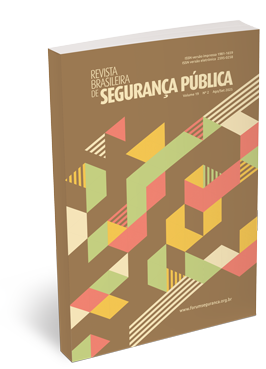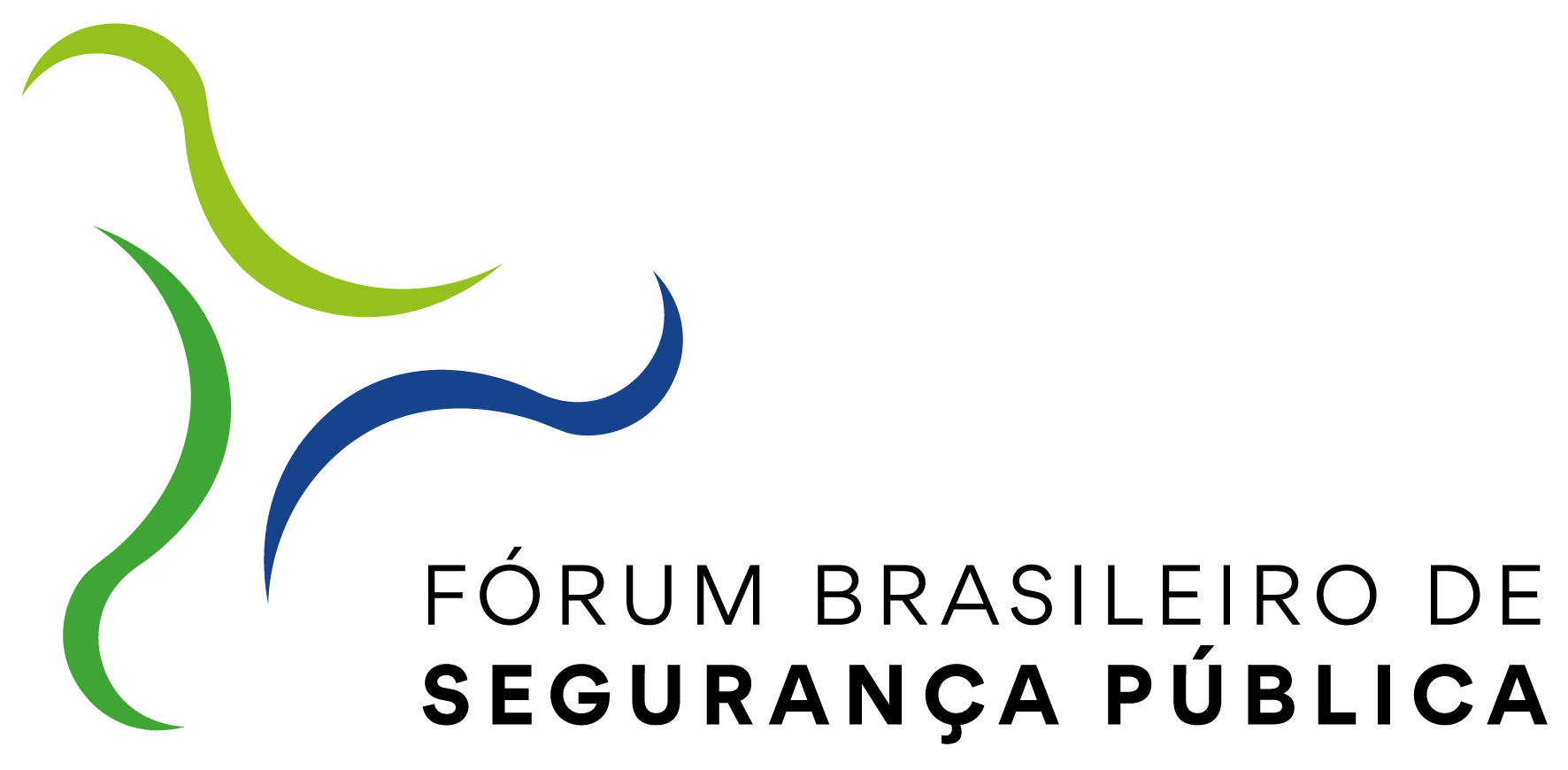RACIAL DISPARITIES OF GENDER VIOLENCE IN BRAZIL
DOI:
https://doi.org/10.31060/rbsp.2025.v19.n2.2096Keywords:
Gender violence, Racial inequality, IntersectionalityAbstract
This study aims to analyze the racial disparities in gender violence in Brazil. The research synthesizes data from the Mortality Information System (SIM-DATASUS), the Notifiable Health Conditions Information System (SINAN), and the National Household Sample Survey (PNAD-IBGE), covering the period from 2012 to 2021, to map the prevalence of cases of women’s homicides, sexual harassment, rape, and psychological violence in the national context across different racial groups. The applied methodology consists of descriptive statistics, focusing on explaining the variations and discrepancies among racial groups, and the application of the Racial Balance Index (IER), an econometric indicator dedicated to the quantitative assessment of racial differences in the rates of the aforementioned types of violence. The results reveal that black women (specifically brown) are the main victims.
Downloads
References
CAMPBELL, Susan et al. Trajectories of aggression from toddlerhood to age 9 predict academic and social functioning through age 12. Journal of Child Psychology and Psychiatry, v. 47, n. 8, p. 791-800, 2006. DOI: https://doi.org/10.1111/j.1469-7610.2006.01636.x
DARTNALL, Elizabetha; JEWKES, Rachel. Sexual violence against women: the scope of the problem. Best Practice & Research Clinical Obstetrics & Gynaecology, v. 27, n. 1, p. 3-13, 2013. DOI: https://doi.org/10.1016/j.bpobgyn.2012.08.002
FBSP – Fórum Brasileiro de Segurança Pública. 17º Anuário Brasileiro de Segurança Pública. São Paulo: FBSP, 2023. Disponível em: https://publicacoes.forumseguranca.org.br/items/6b3e3a1b-3bd2-40f7-b280-7419c8eb3b39. Acesso em: 7 jul. 2025.
FIRPO, Sergio Pinheiro; FRANÇA, Michael; RODRIGUES, Lucas. Índice de equilíbrio racial: uma proposta de mensuração da desigualdade racial entre e dentro das categorias ocupacionais. 2020. 17 p. Disponível em: https://repositorio.insper.edu.br/handle/11224/7172. Acesso em: 7 jul. 2025.
FIRPO, Sergio Pinheiro; FRANÇA, Michael; PORTELLA, Alysson; TAVARES, Rafael. Racial inequality in brazilian elections. 2022. Disponível em: https://repositorio.insper.edu.br/entities/publication/ad241876-bb23-41b3-a8c6-f92b8769b0c5. Acesso em: 7 jun. 2024.
FLOOD, Michael; PEASE, Bob. Factors influencing attitudes to violence against women. Trauma, Violence, & Abuse, v. 10, n. 2, p. 125-142, 2009. DOI: https://doi.org/10.1177/1524838009334131
GARCÍA-MORENO, Claudia; WATTS, Charlotte. Violence against women: an urgent public health priority. Bulletin of the World Health Organization, v. 89, n. 1, 2011. DOI: https://doi.org/10.2471/BLT.10.085217
GARCÍA-MORENO, Claudia; WATTS, Charlotte; JANSEN, Henriette; ELLSBERG, Mary; HEISE, Lori;. Responding to violence against women: WHO Multicountry study on women's health and domestic violence. Health & Human Rights, v. 6, n. 2, p. 112-127, 2002. DOI: https://doi.org/10.2307/4065432
GARCÍA-MORENO, Claudia; HEISE, Lori; JANSEN, Henrica; ELLSBERG, Mary. Violence against women. Science, v. 310, n. 5752, p. 1282-1283, 2005. DOI: https://doi.org/10.1126/science.1121400
GARCÍA-MORENO, Claudia; ZIPMMERMAN, Cathy; MORRIS-GEHRING, Alison; HEISE, Lori; AMIN, Avni; ABRAHAMS, Naeemah; MONTOYA, Oswaldo; BHATE-DEOSTHALI, Padma; KILONZO, Nduku; WATTS, Charlotte. Addressing violence against women: a call to action. The Lancet, v. 385, n. 9978, p. 1685-1695, 2015. DOI: https://doi.org/10.1016/S0140-6736(14)61830-4
GOLDING, Jacqueline. Intimate partner violence as a risk factor for mental disorders: a meta-analysis. Journal of Family Violence, v. 14, p. 99-132, 1999. DOI: https://doi.org/10.1023/A:1022079418229
HEISE, Lori. Violence against women: an integrated, ecological framework. Violence Against Women, v. 4, n. 3, p. 262-290, 1998. DOI: https://doi.org/10.1177/1077801298004003002
HEISE, Lori; ELLSBERG, Mary; GOTTEMOELLER, Megan. Ending violence against women. Baltimore, MD, Johns Hopkins University School of Public Health, Center for Communications Programs, 1999.
KISHOR, Sunita; JOHNSON, Kiersten. Reproductive health and domestic violence: are the poorest women uniquely disadvantaged?. Demography, v. 43, n. 2, p. 293-307, 2006. DOI: https://doi.org/10.1353/dem.2006.0014
KRANTZ, Gunilla; GARCIA-MORENO, Claudia. Violence against women. Journal of Epidemiology & Community Health, v. 59, n. 10, p. 818-821, 2005. DOI: https://doi.org/10.1136/jech.2004.022756
KYRIACOU, Demetrios; ANGLIN, Deirdre, TALIAFERRO, Ellen; STONE, Susan; TUBB, Toni; LINDEN, Judith; MUELLEMAN, Robert; BARTON, Erik; KRAUS, Jess. Risk factors for injury to women from domestic violence. In: NATARAJAN, Mangai. Domestic Violence. Londres: Routledge, 2017, p. 145-151. DOI: https://doi.org/10.4324/9781315264905-10
NASCIMENTO, Fillipi Lúcio. Crimes mal-ditos: estupros de crianças e adolescentes nas zonas rurais de Alagoas (Brasil). Mundo Agrário, v. 24, n. 56, 2023. DOI: https://doi.org/10.24215/15155994e217
O’LEARY, Daniel; TINTLE, Nathan; BROMET, Evelyn. Risk factors for physical violence against partners in the US. Psychology of Violence, v. 4, n. 1, p. 65-77, 2014. DOI: https://doi.org/10.1037/a0034537
OMS – Organização Mundial da Saúde. Preventing intimate partner and sexual violence against women: taking action and generating evidence. Geneva/London: OMS/London School of Hygiene and Tropical Medicine, 2010.
OMS – Organização Mundial da Saúde. Violence against women: intimate partner and sexual violence against women: evidence brief. OMS, 2019.
ONU – Organização das Nações Unidas. Objetivos de Desenvolvimento Sustentável. ONU, 2015. Disponível em: https://brasil.un.org/pt-br/sdgs. Acesso em: 04 ago. 2023.
ONU MULHERES. Fim da violência contra as mulheres. ONU Mulheres, 2018. Disponível em: https://www.onumulheres.org.br/eva/. Acesso em: 4 ago. 2023.
ORGANIZAÇÃO MUNDIAL DA SAÚDE (OMS). WORLD HEALTH ORGANIZATION. Researching violence against women: practical guidelines for researchers and activists. World Health Organization, 2005.
PICKUP, Francine; WILLIAMS, Suzanne; SWEETMAN, Caroline. Ending violence against women: a challenge for development and humanitarian work. Oxfam, 2001.
SILVA, Fillipi Lúcio Nascimento da. Padrões de mobilidade e modus operandi dos crimes de estupro em Maceió (AL). Revista Brasileira de Segurança Pública, São Paulo, v. 15, n. 2, p. 196-225, 2021. DOI: https://doi.org/10.31060/rbsp.2021.v15.n2.1280
WALKER, Lenore. Psychology and violence against women. In: NATARAJAN, Mangai. Domestic Violence. Londres: Routledge, 2017, p. 219-226. DOI: https://doi.org/10.4324/9781315264905-17
WISNER, Ben. Assessment of capability and vulnerability. In: BANKOFF, Greg; FRERKS, Georg; HILHORST, Dorothea (ed.). Mapping vulnerability: disasters, development and people. Londres: Routledge, 2004. p. 183-193.
WONG, Jessica; MELLOR, David. Intimate partner violence and women’s health and wellbeing: Impacts, risk factors and responses. Contemporary Nurse, v. 46, n. 2, p. 170-179, 2014. DOI: https://doi.org/10.5172/conu.2014.46.2.170
Downloads
Published
How to Cite
Issue
Section
License
Copyright (c) 2025 Revista Brasileira de Segurança Pública

This work is licensed under a Creative Commons Attribution 4.0 International License.
Licensing
The Brazilian Journal of Public Security uses the Creative Commons License as a form of licensing for its published works. The license used follows the CC BY 4.0 - Attribution 4.0 International model.
To see the permitted rights please go to the full licence or to our Copyright and Licensing page.



